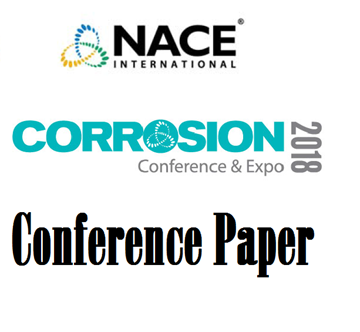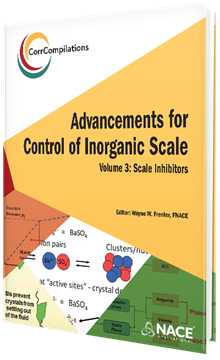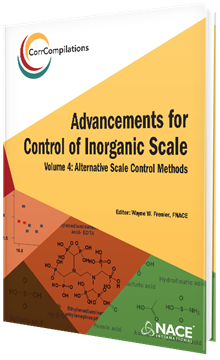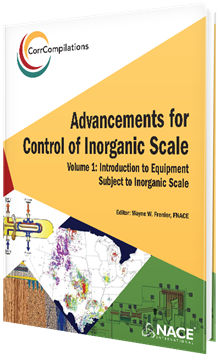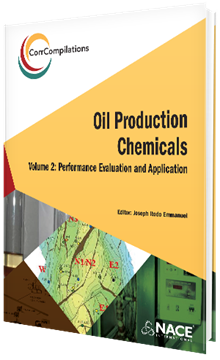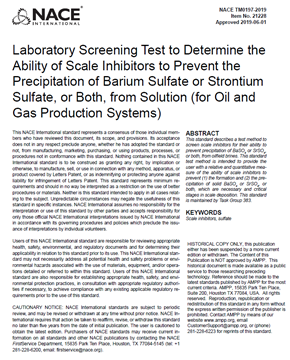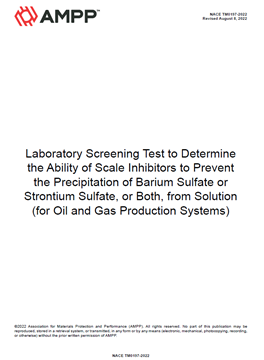Search
Products tagged with 'scale inhibitors'
View as
Sort by
Display
per page
51318-10546-CALCIUM CARBONATE SCALE INHIBITION: EFFECTS OF EOR CHEMICALS
Product Number:
51318-10546-SG
Publication Date:
2018
$20.00
CorrCompilation: Advancements for Control of Inorganic Scale, Volume 2 (e-book)
Product Number:
37649-e
ISBN:
978-1-57590-392-7
$125.00
CorrCompilation: Advancements for Control of Inorganic Scale, Volume 3 (e-book)
Product Number:
37650-e
ISBN:
978-1-57590-393-4
$125.00
CorrCompilation: Advancements for Control of Inorganic Scale, Volume 4 (e-book)
Product Number:
37651-e
ISBN:
978-1-57590-394-1
Publication Date:
2019
$125.00
CorrCompilation: Advancements for Control of Inorgranic Scale, Volume 1 (e-book)
Product Number:
37648-e
ISBN:
978-1-57590-391-0
Publication Date:
2019
$125.00
CorrCompilation: Oil Production Chemicals, Volume 2 (e-book)
Product Number:
37638-e
ISBN:
978-1-57590-397-2
Publication Date:
2019
$130.00
Development of Inorganic Scale Inhibitors for Ultrahigh-Temperatures Geothermal and HPHT Applications
Product Number:
51324-20727-SG
Publication Date:
2024
$40.00
NACE TM0197-2019, Laboratory Screening Test to Determine the Ability of Scale Inhibitors to Prevent the Precipitation of Barium Sulfate or Strontium Sulfate, or Both, from Solution (for Oil and Gas Production Systems)
Product Number:
21228-2019
Publication Date:
2019
$179.00
NACE TM0197-2022, Laboratory Screening Test to Determine the Ability of Scale Inhibitors to Prevent the Precipitation of Barium Sulfate or Strontium Sulfate, or Both, from Solution (for Oil and Gas Production Systems)
Product Number:
NACE TM0197-2022
Publication Date:
2022
$109.00
NACE TM0374-HD2001-SG, Laboratory Screening Tests to Determine the Ability of Scale Inhibitors to Prevent the Precipitation of Calcium Sulfate and Calcium Carbonate from Solution (for Oil and Gas Production Systems)
Product Number:
21208-HD2001-SG
ISBN:
1-57590-124-2
$179.00
Nanotechnology-Based Detection Method for Speciation and Differentiation of Phosphonate Scale Inhibitors
Product Number:
51320-14913-SG
Publication Date:
2020
$20.00
The Development of Novel Laboratory Test Method on Evaluation of Scale Inhibition and Dispersancy for Cooling Water Applications
Product Number:
51320-14491-SG
Publication Date:
2020
$20.00
- 1
- 2

